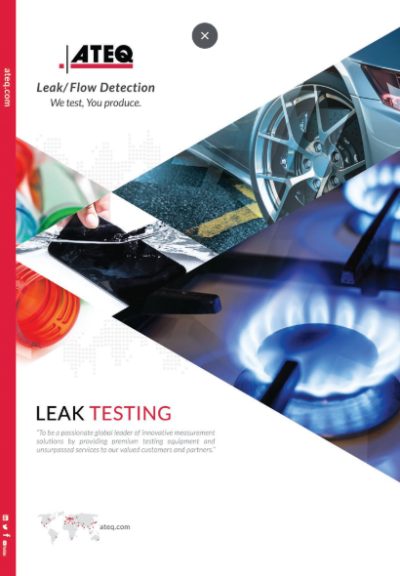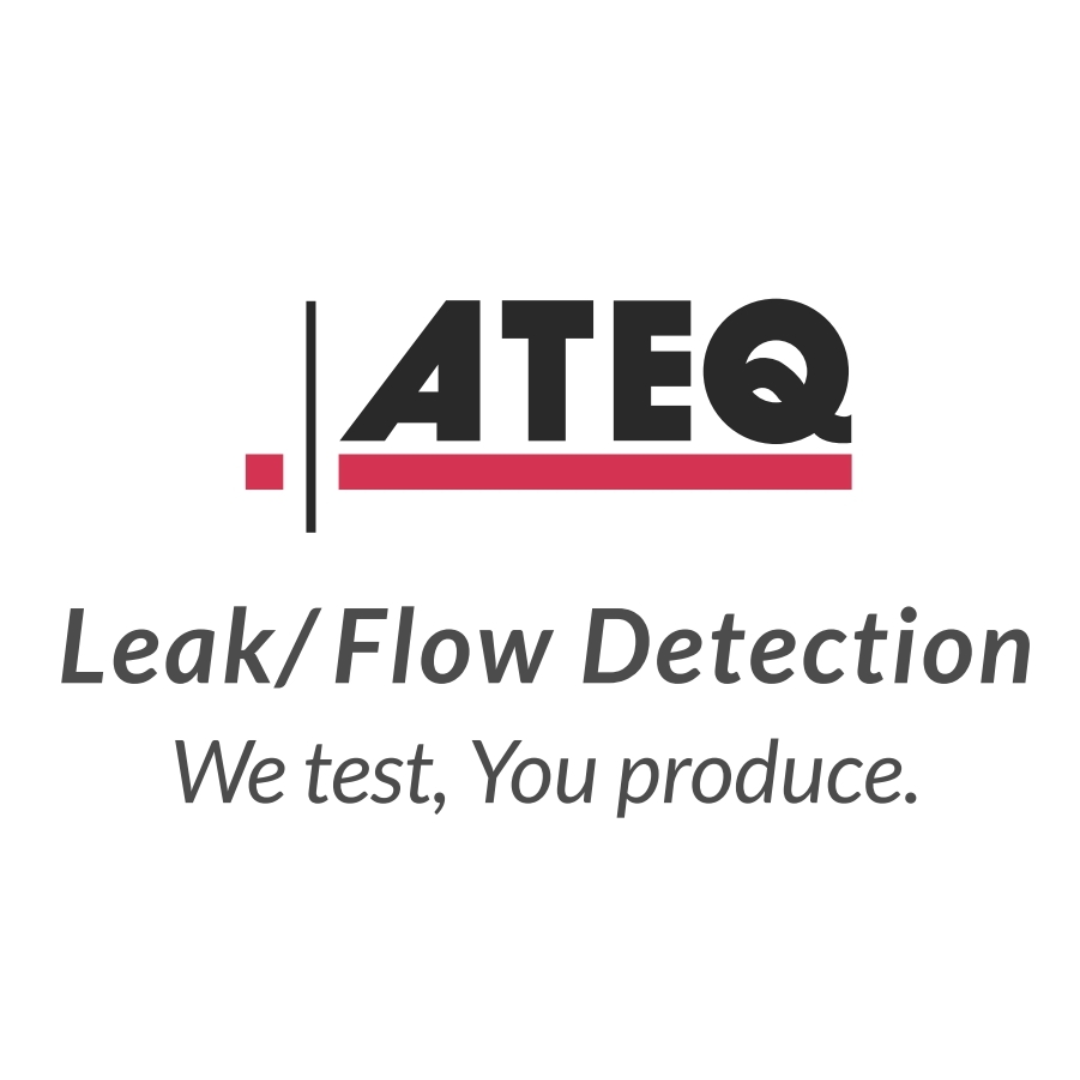HVAC/R LEAK TESTING
HVAC/R systems are ubiquitous in industry. They are responsible for keeping indoor environments comfortable, cooling data centers, preserving food in cold storage, and much more. These systems play a critical role in our daily and professional lives. They also account for a significant portion of energy usage. Improving their efficiency has a direct impact on energy costs and carbon footprint.
To achieve high energy efficiency, each component in an HVAC/R system must operate optimally without any waste or leakage. This is where ATEQ comes in: with nearly 50 years of expertise, ATEQ provides high-precision leak testing solutions to ensure that HVAC/R components are perfectly sealed. By identifying and eliminating leaks during manufacturing, systems maintain their rated performance, consume less energy, and have a longer service life. ATEQ’s leak testing solutions thus directly help make HVAC/R systems more reliable, cost-effective, and eco-friendly.
Ensuring the leak-tightness of every HVAC/R component is essential for several reasons:
- Safety: Leaks can pose safety hazards. For example, a refrigerant leak in an air conditioner can be toxic or flammable depending on the gas used. Similarly, a cracked heat exchanger in a furnace could allow carbon monoxide to seep into the ventilation air. Rigorous leak testing guarantees safe operation of equipment by preventing such dangerous situations.
- Performance & Efficiency: A leaking system is a system under strain. Even a small leak of refrigerant or air will reduce heating/cooling performance by forcing the compressor or fans to work harder to compensate. This results in higher energy consumption and accelerated wear on components. By detecting and fixing leaks, the system can operate at its optimal efficiency – a unit with no leaks doesn’t have to “overwork” to reach the desired temperature. In short, leak-free equipment maintains its expected performance and energy use, whereas leaks inevitably lead to wasted energy.
- Regulatory Compliance: Environmental regulations increasingly mandate the tightness of HVAC/R systems. For instance, the European F-Gas regulation requires strict control of refrigerant leaks, and similar standards exist elsewhere. Performing leak tests on each component during production ensures the final product will meet these legal and environmental requirements. This not only demonstrates a commitment to quality and compliance, but also helps avoid regulatory fines and costly recalls related to excessive leaks.
















